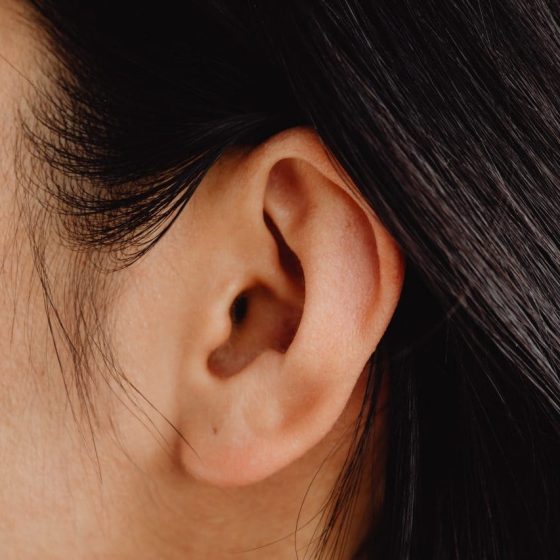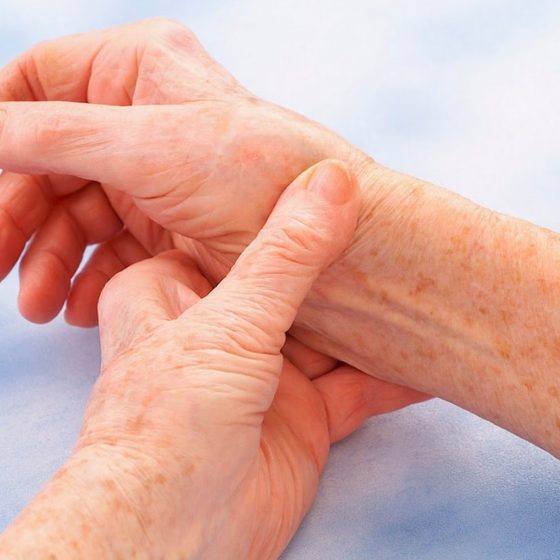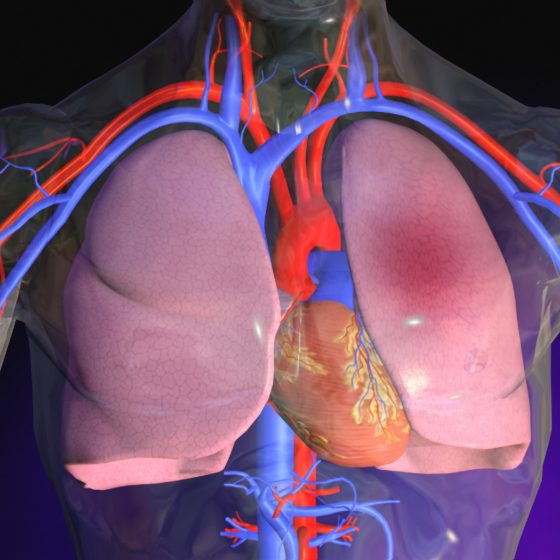Thrombosis
Key facts Thrombosis occurs when a blood clot forms in an artery or vein. Diseases caused by thrombosis include stroke, heart attack, peripheral vascular disease, superficial venous thrombosis, deep vein thrombosis (DVT) and pulmonary embolism. Many types of thrombosis can be life-threatening. You may need medicines to dissolve the clot. If you are at a high risk of thrombosis, your doctor may recommend medicines to thin your blood and reduce your risk. What is thrombosis? Thrombosis occurs when a blood clot forms either in an artery or vein. The clot is known as a thrombus. Normally, your blood will only





